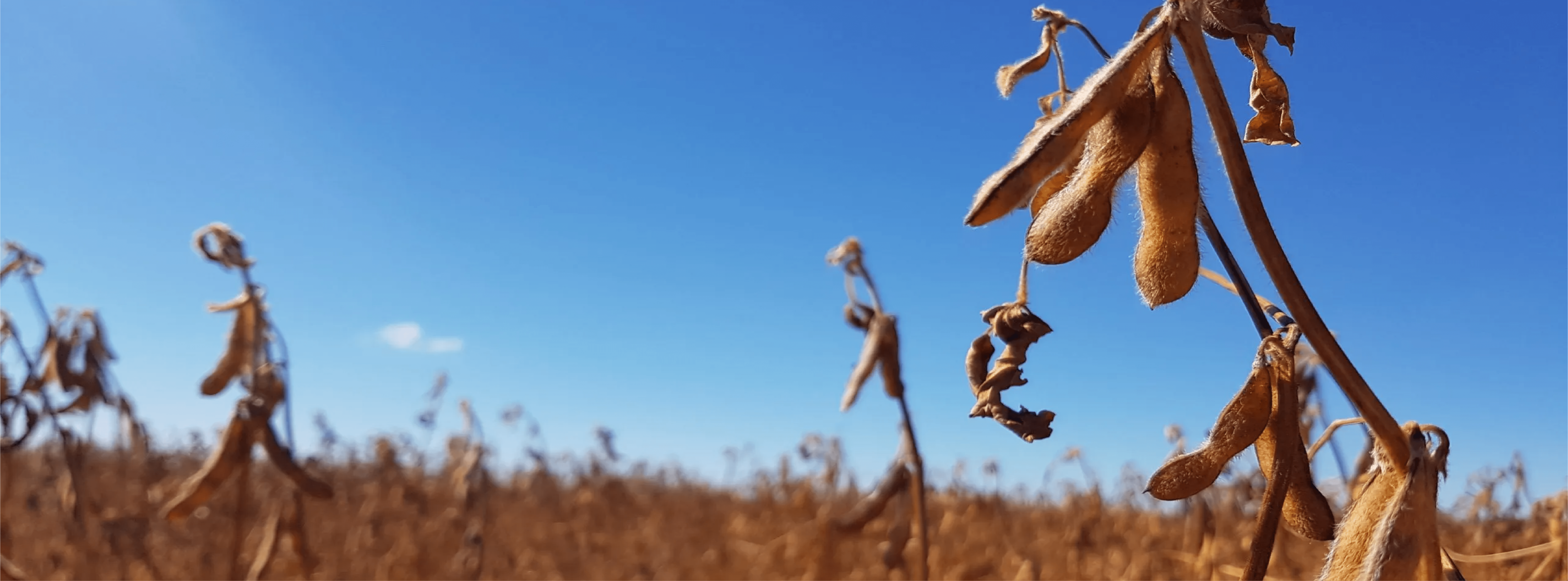
Category: Field Peas
Field Peas
-
Assessing Field Pea Nodulation
Timing Field pea root nodules can form as early as 14 days after emergence. However, proper nodulation assessment should take place from the 6th to… Read More
-
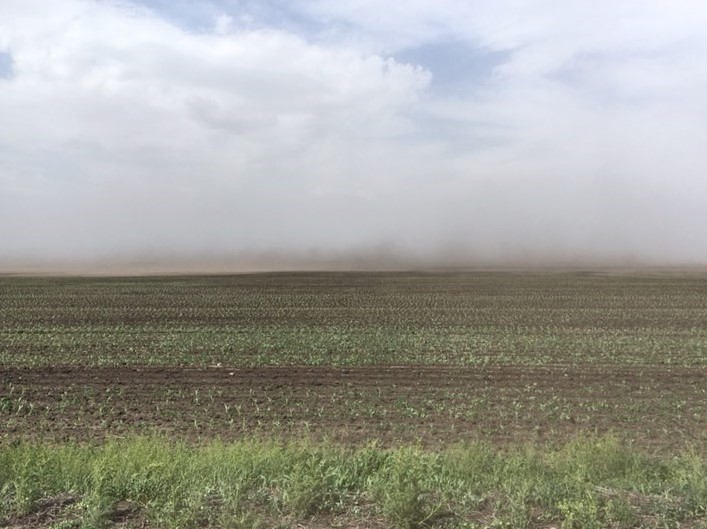
Considerations for pulse and soybean crops in dry conditions
Manitoba is currently facing its third dry season in a row, as 2019 is shaping up to be another dry year. Read More
-
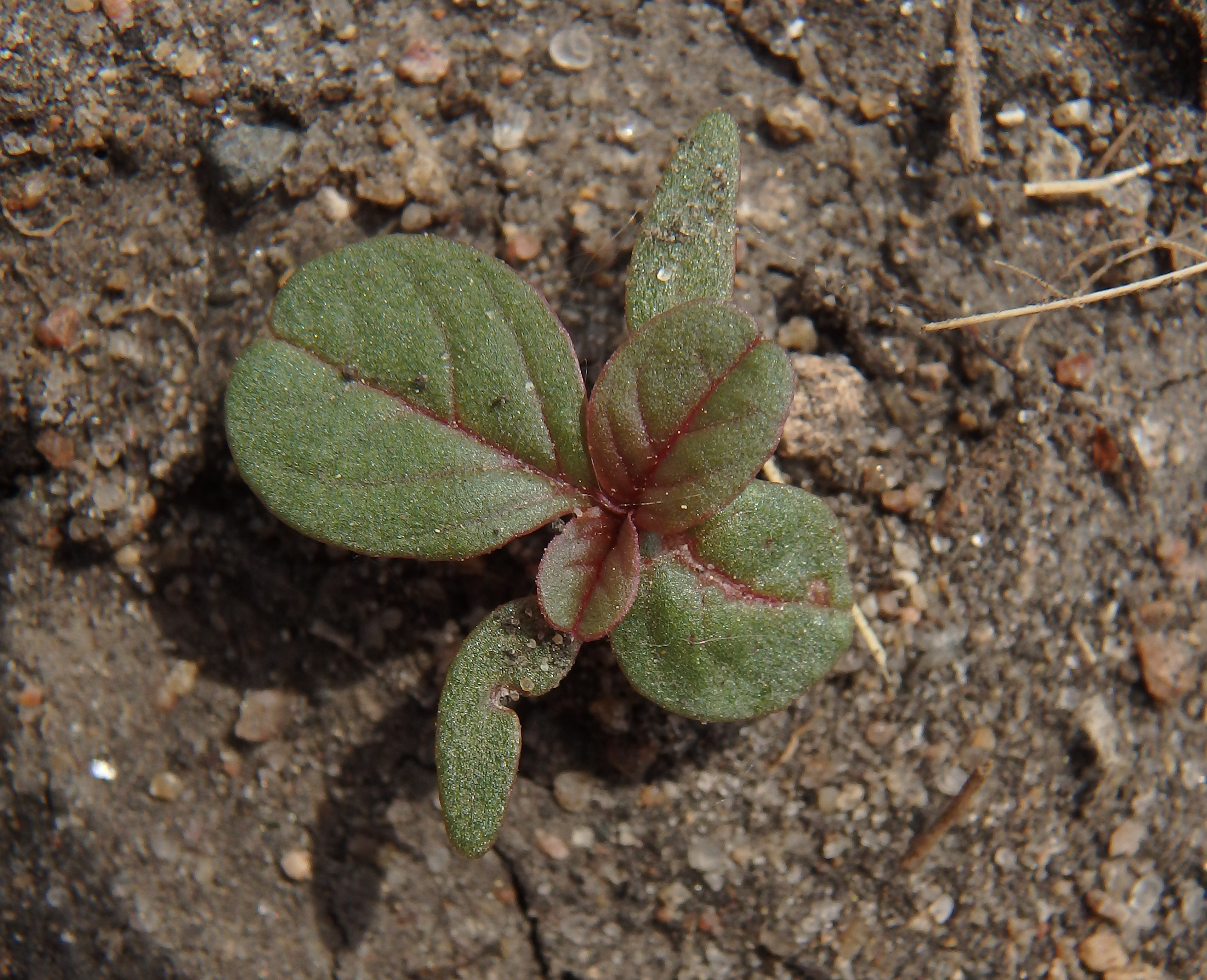
Herbicide-Resistant Weeds
The status of herbicide resistant weeds in Manitoba and which species to keep an eye on. Read More
-

Cutworms in Pulse and Soybean Crops
How to scout for and manage cutworms in pulse and soybean crops. When to scout, what to look for and when to pull the trigger. Read More
-
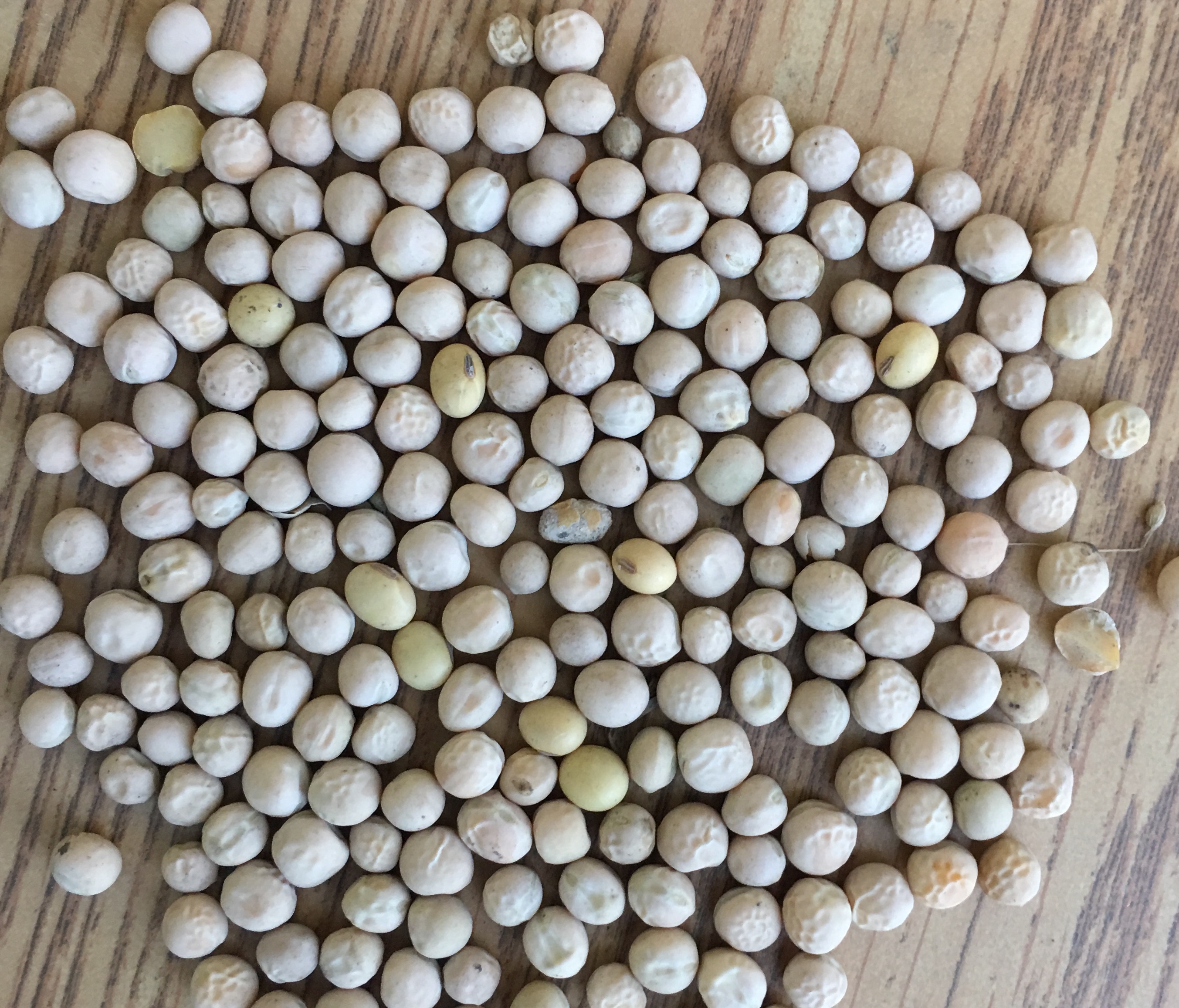
Combine Cleanout: How to reduce the risk of soybeans in your field peas
Combine cleanout can be a time-consuming endeavour. It is a necessity in today’s world with food allergens, herbicide-resistance weeds and other potential pests such as soybean cyst nematode. Read More
-
Scouting for Early Season Insects
There are generally few early season insects we need to worry about in pulse and soybean crops grown in Manitoba. These include wireworms, seedcorn maggot… Read More
-
Scouting for Early Season Diseases
Seedling Disease/Root Rot The terms “seedling disease” and “root rot” generally refer to the root rot complex that can infect pulse and soybean crops. Diseases… Read More
-
Weed Seedling Identification
Biennial Wormwood Making its first appearance in the top 20 most abundant weeds list, according to Manitoba’s 2016 survey, biennial wormwood is up from 49th… Read More
-
Pea Leaf Weevils
Life Cycle of the Pea Leaf Weevil In spring, pea leaf weevil adults fly in from overwintering sites (perennial legume crops) to their host crops,… Read More
-
Pea Leaf Weevil – A New Pest in Manitoba
In spring, pea leaf weevil adults fly in from overwintering sites (perennial legume crops) to their host crops, peas and faba beans. Once they start… Read More
-
Field Pea Inoculation and Fertilization
Is inoculation necessary for peas? Field peas can fix atmospheric nitrogen (N2) through a symbiotic relationship with Rhizobium leguminosarum. This bacteria is native to prairie… Read More
-
Curbing Disease Pressure in Peas
Although 2018 is setting itself up to be a dry year, disease management should remain a priority for pea growers. In 2017, one third of… Read More
-
Foliar Fungicide Decision Making in Peas
Determining whether fungicide is necessary for control of Ascochyta/Mycosphaerella Blight in peas Read More
-
Scouting for Pea Aphids
Identification Pea aphids are a sporadic pest of field peas, faba beans and lentils in Manitoba that overwinter in perennial legumes. Once hatched, adults may… Read More
-
Herbicide Options for Field Peas
Herbicide options for peas from the Field Crop Protection Guide. Read More
-
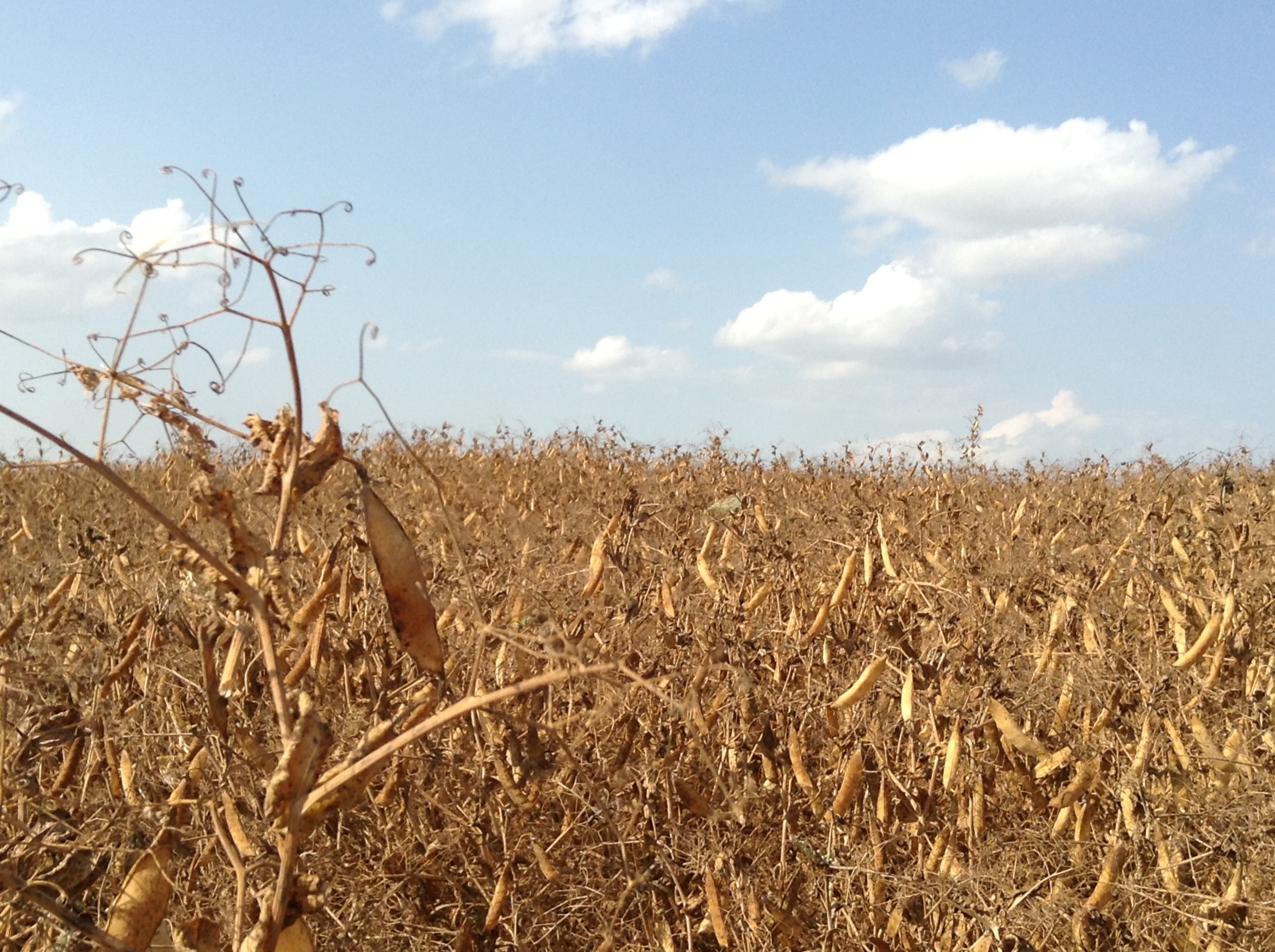
Getting Peas in the Bin
Getting a pea crop off can be slow and challenging, even for experienced growers. But improved genetics, the right equipment options and careful timing can make all the difference. Read More
-
Post-Harvest Storage of Pulses
Good management in storage will help maintain the value of your crop. Read More Download

You must be logged in to post a comment.